 Recently, we celebrated the saving of the wonderful Coney Island Mermaid Parade. Now a story about “mermaids” that is a bit disturbing.
Recently, we celebrated the saving of the wonderful Coney Island Mermaid Parade. Now a story about “mermaids” that is a bit disturbing.
There were two news stories that at first glance had little in common, other than a distant nautical connection. Recently “The Animal Planet” aired a sequel to last year’s “Mermaid – the Body Found.” The new “documentary” “Mermaids: The New Evidence – Are Mermaids Real?” earned the highest ratings of any show on the Animal Planet. Despite being presented as fact, the documentary was entirely fictional. Not everyone made that distinction.
The other news story was a about a carpenter, Tim Woodson, whose hobby is building “pirate ships.” He recently sold his latest creation, a 12 meter monstrosity, for $80,000 on Craigslist to none other than the History Channel. The “pirate ship” is built on an existing houseboat, with a slapped on wooden bulkheads, bowsprit and scroll-work and three sort-of masts with tattered sails.
What do these two items have in common? They seem to be part of the dumbing down of both science and history.


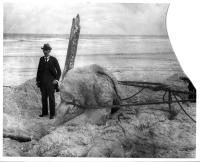
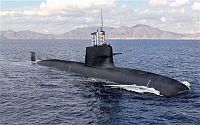
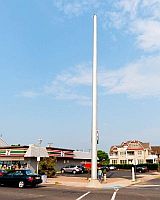 Next to a 7-11 convenience store on 8th Avenue, about a half block from the beach, in the New Jersey shore community of
Next to a 7-11 convenience store on 8th Avenue, about a half block from the beach, in the New Jersey shore community of 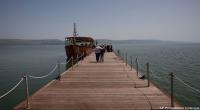 It is a conical shaped structure built of boulders, roughly 230 feet in diameter, 30 feet high and weighing an estimated 60,000-tons, 40 feet underwater in the Sea of Galilee. And archaeologists have no idea what it is. Based on the build up of sediment, it is between 2,000 and 12,000 years old, which is too wide a range to help identify it. It’s not even clear if the structure was built on land when the sea levels were lower, or if it was constructed underwater. The structure was located in 2003 by sonar scan. Now ten years later, researchers from the Israel Antiquities Authority are mounted an expedition to attempt to learn more about the unexpected mound of boulders, which they speculate could have been a burial site, a place of worship or even a fish nursery.
It is a conical shaped structure built of boulders, roughly 230 feet in diameter, 30 feet high and weighing an estimated 60,000-tons, 40 feet underwater in the Sea of Galilee. And archaeologists have no idea what it is. Based on the build up of sediment, it is between 2,000 and 12,000 years old, which is too wide a range to help identify it. It’s not even clear if the structure was built on land when the sea levels were lower, or if it was constructed underwater. The structure was located in 2003 by sonar scan. Now ten years later, researchers from the Israel Antiquities Authority are mounted an expedition to attempt to learn more about the unexpected mound of boulders, which they speculate could have been a burial site, a place of worship or even a fish nursery.
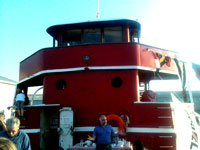
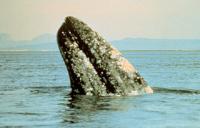 A
A 
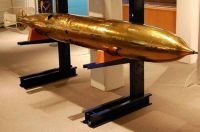 The
The 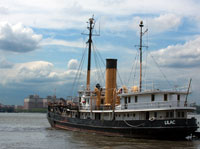 For the last 30 years, New York has welcomed ships and crews from the US Navy and Coast Guard to the harbor around the Memorial Day weekend during a celebration of
For the last 30 years, New York has welcomed ships and crews from the US Navy and Coast Guard to the harbor around the Memorial Day weekend during a celebration of 
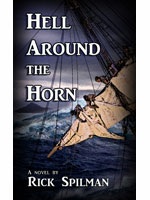
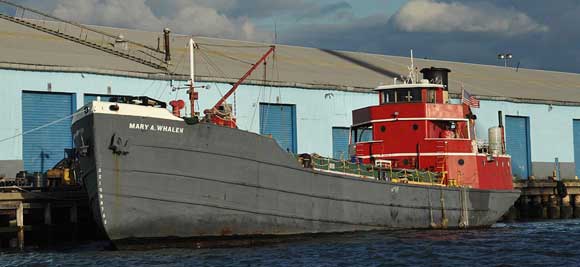
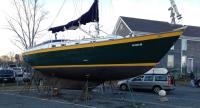 All the reporting on this story talks about a “ghost ship” for sale by auction in Newburyport, MA.
All the reporting on this story talks about a “ghost ship” for sale by auction in Newburyport, MA.